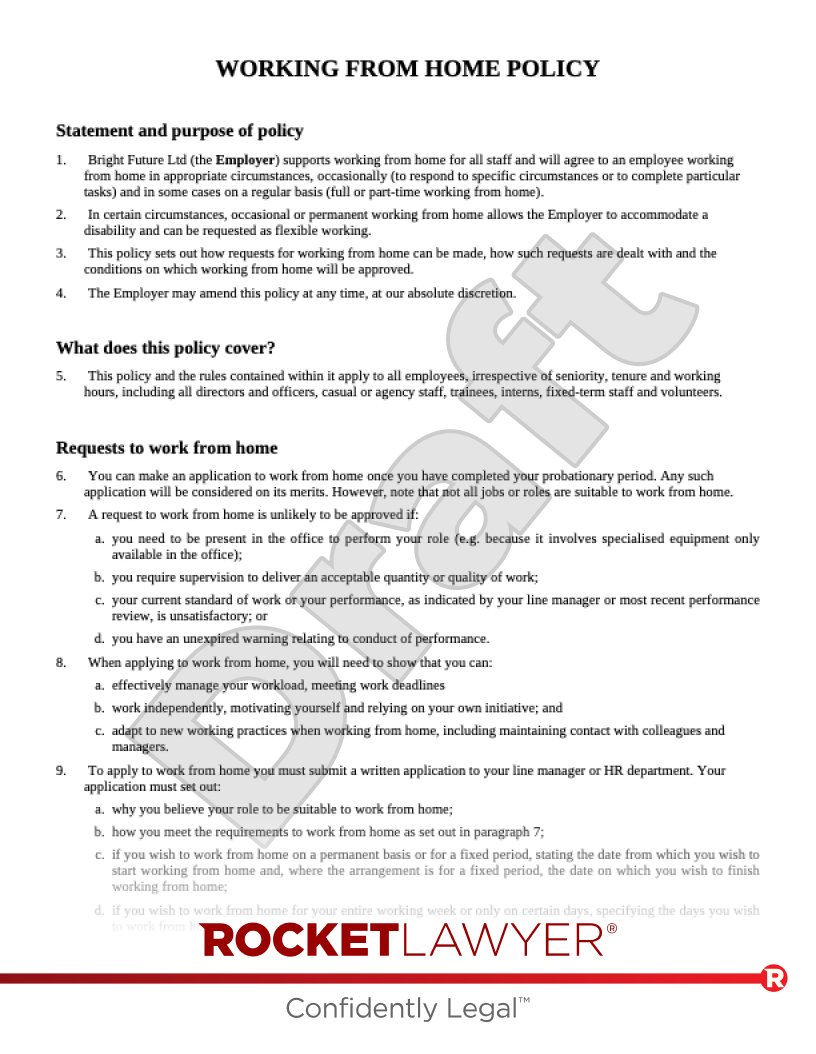Redundancies
If your business is experiencing cash flow pressures, you may be seeking ways to effectively manage your costs. A major cost in many businesses is employees, meaning businesses have resorted to making employees redundant as a way to manage these costs.
It is important to note that making employees redundant should be the last resort. There are many alternative measures that you could consider to avoid making employees redundant.
Lay-off and short-term working
Lay-offs are a temporary measure, whereby an employer provides employees with no work (and therefore, no pay) for a period while still retaining them as employees. Lay-offs tend to be used as a temporary solution to a problem such as a shortage of work, or in this case, the impact of a pandemic.
Short-term working, on the other hand, means providing employees with less work and therefore, lower pay for a period, while also still retaining them as employees. Like a lay-off, short-term working is a short-term measure often designed to deal with a shortfall of work.
There are a number of difficulties with lay-offs and short-term working, including:
-
the need for express contractual provisions. In the absence of such provisions in an employee’s Employment contract, employees may claim constructive dismissal
-
potential claims for statutory redundancy pay by employees. Even if an employer has the contractual right to lay off employees or introduce short-term working, employees may still be able to claim statutory redundancy pay where:
-
they have more than 2 years' service, and
-
have been laid off or kept on short-term working for more than 4 weeks in a row/more than 6 non-consecutive weeks in a 13-week period
-
For more information, read Lay-offs and short time working.
Reductions in pay
Employers are contractually obliged to pay employees on terms that have been agreed in their employment contract. A reduction in the rate of pay can only be achieved through an agreement with the employee or, in extreme circumstances, dismissing the employee under their existing terms and conditions and offering to re-employ them on the same conditions, but with a reduced rate of pay.
In the event of a unilateral reduction of pay, employers run the risk of employees resigning and again, opening themselves up to constructive dismissal claims. There is also the possibility of claims for breach of contract and/or unlawful deduction of wages, which would render any post-termination restrictions imposed by the employer (eg non-compete clauses) void.
Flexible working
Requests
Some employers may have a Flexible working policy setting out the procedure employees should follow when requesting flexible working.
Where employees wish to change their working patterns or work from home on a short-term basis (or as a one-off), employers are often open to agreeing to this on an informal basis. However, when employees seek to change their working patterns or work from home for an extended period, they usually have to make a formal request to their employer for flexible working and follow the procedure therein. Once flexible working is agreed with an employee, that arrangement should continue until further notice.
For more information, read Flexible working.
Working remotely
The Coronavirus (COVID-19) pandemic has introduced many businesses and individuals to the benefits of working from home.
Many businesses have introduced new hybrid working models allowing, employees to work part-remotely and part-on-site. Consider creating a Working from home policy if your staff is working remotely. Your IT department should be able to assist employees with remote working setup. You should also consider how to protect employees’ health and safety whilst working from home and your first aid obligations to homeworkers.
Make a Temporary working from home policy if your staff needs to work remotely on a temporary basis (eg because your business premises are being refurbished).
Furloughed employees
Under the Coronavirus Job Retention Scheme (CJRS), which ran from March 2020 to 30 September 2021, employees who would have otherwise been laid-off during the crisis were 'furloughed'. Under the CJRS, employers in the UK were able to access support to continue paying part of these employees' salaries, therefore, keeping them on the payroll and avoiding the need to make them redundant.
For any employees that were furloughed, employers need to keep records of the employee’s written consent and confirmation of furlough for a minimum of 5 years.




